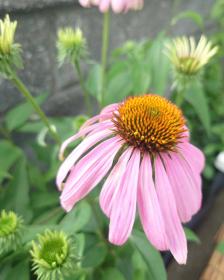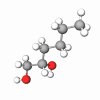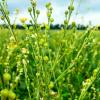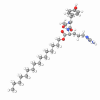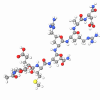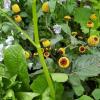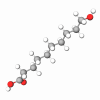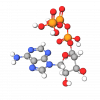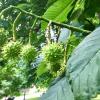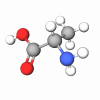Recent pharmacological and clinical studies provide evidence for the mode of action of topical products containing Echinacea Angustifolia Leaf Extract and their therapeutic potential in clinical practice.
In a study involving 109 patients with burns, minor skin injuries, and leg ulcers, Mund-Hoym (1979) confirmed the anti-inflammatory and healing-promoting effects of the preparation's external use.
Mund-Hoym reported that one of the most impressive examples of efficacy was the ability of Coneflower (Echinacea Angustifolia) leaf preparations to rapidly cleanse wound surfaces of dirt particles, especially in sports-related abrasions. Complete healing without complications was achieved in 87% of the cases. First-degree burns were reported to heal promptly.
Intensive research on using Echinacea Angustifolia Leaf Extract as a nonspecific immune system stimulant evolved considerably in the 1970s. Bonadeo, Botazzi, and Lavazza (1971) isolated a polysaccharide, which they theorized formed a complex with hyaluronic acid that inhibited the depolymerization of hyaluronic acid by hyaluronidase.Other pharmacological mechanisms observed included the organization of the fibrous insoluble protein found in connective tissue (collagen), increasing the viscosity of the tissue ground substance, and a reaction resulting in the proliferation of fibroblasts. The stabilization and temporary increase of hyaluronic acid, coupled with the increase of connective tissue-forming cells (fibroblasts), forms the basis of the wound-healing process.
